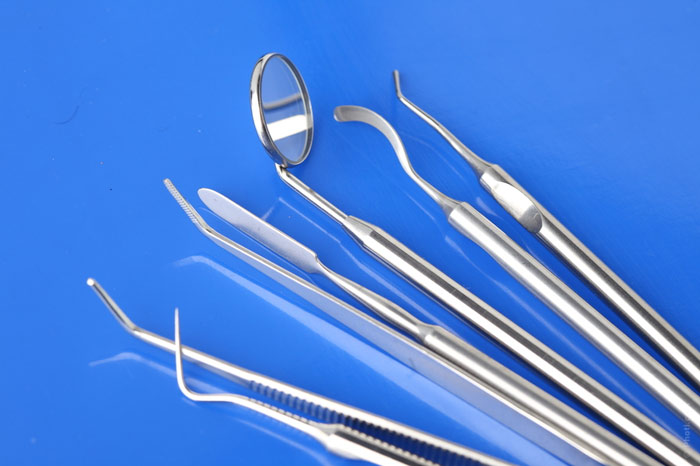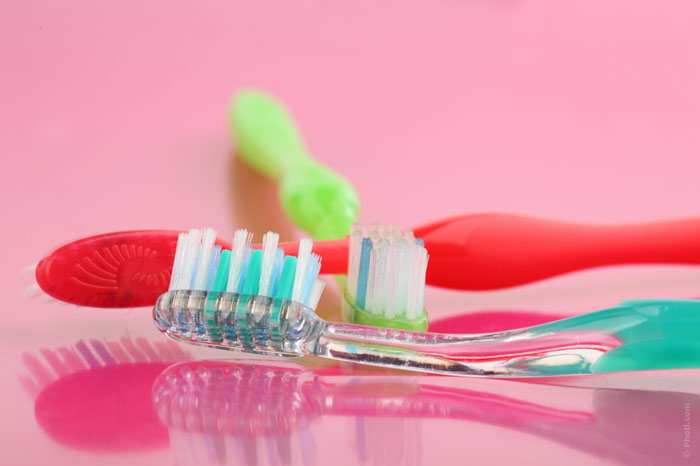8 Ways to Help Children Deal with Dental Fear
Dentists are regarded as scary by both adults and children, so it’s conceivable that one of your child problems (and not the least troublesome one!) will be going to the scheduled checkup with a dentist.
You don’t want to skip it for you want your little one to have healthy teeth and upkeep oral hygiene, but your son or daughter tend to believe that the importance of this is overshadowed by sheer fear of an unfamiliar person poking terrible-looking metallic tools into his or her mouth to an incredibly horrible-sounding background noises. So, it is little wonder that you very special child would do anything to get out of this scary trip. Yet you know that it is absolutely necessary. So, it’s up to you to be a magic-working mediator between your kid and the dentist. See how it can be done.
The early introduction
Take your little one on a visit to a dentist as early as you can, let them get used to the procedure while they are still very young. You can take them for periodic preventive visits at around one year old when the first teeth have come out, don’t wait until an emergency arises.
Don’t explain too much
As you are getting ready for the visit – and it goes even more for the very first one – explain what the child should expect as succinctly as you can. Avoid including any unnecessary information which may disturb the child and make him anxious. Speak positively about it without being fallacious misleading the child into believing that it is perfectly safe – should it turn out that the junior needs urgent treatment, you may come out a liar and aggravate the situation.
The language matters
When you’re discussing the coming visit with your child, make sure you don’t use words like “painful,” “hurt” or “pricking,” creating inopportune fear. Leave the details to the stuff to explain using their own kid jargon. Instead speak positive language, stressing phrases like “healthy and clean teeth” and “beautiful smile.” In fact, you can say that the dentist’s job is to count and clean the teeth – and let the rest sort itself out if it is necessary.
Play dentist before you go
As the first visit to the dentist is coming upon you, it may be a good idea to play it out in advance. Put on a white overall, take a toothbrush and count the child’s teeth loudly in numbers or in the letters of alphabet. Hold up a mirror like dentists do, but avoid including other “tools” or doing anything like drilling. After you’re through with the inspection, let the child be a dentist, arm them with a toothbrush and get them to clean a doll’s (or a toy animal’s) teeth, thus taking the veil of secrecy off your first visit.
There is assistance to be had from children’s picture books like Sponge Bob Squarepants’ Behold No Cavities! A Visit to the Dentist or Dora the Explorer’s Show Me Your Smile!: A Visit to the Dentist. They can easily familiarize the little one to what he is in for.
Relating doesn’t work
Taking children along to your own appointment in an attempt to get them accustomed to the procedure is not really a good idea according to experts. First, if the parent is anxious, but tries to disguise this, the child is likely to sense it and reenact it when the time comes for them to visit the dentist. Second, a dentist’s adult office looks more menacing, while pediatric dentists make their offices kid-friendly by using kids’ videos and pictures. Even worse, don’t tell awful dentistry stories trying to play them down: you can go astray with that, putting the scare into the child needlessly.
Fussing is unavoidable
However hard you try, you won’t be able to get the child to be completely calm and collected in the dentist’s chair. Attempts on the part of the child to prevent a stranger from getting into his mouth are quite normal; little ones are bound to act up in this situation. Be ready to simply bear it out or follow the instructions of the dentist (who is trained to handle such cases) – you can be called upon to take yourself off to a distant corner or sit by and hold the child’s hand for comfort and rendering the little one unable to do mischief with their arms.
Bribery won’t work
The easy way seems to be bribing the child with a promise of a treat – yet, experts don’t hold it as a great idea. While it works with some, with others it may cause undue anxiety, generating logic like “it must be a really terrible experience if my mom gets out of her way to promise me a treat.” A sweet treat may work double trouble since the dentist is sure to warn the child against indulging in too many sweets for it may result in cavities. You can buy a child a treat afterwards as a reward for proper behavior and ability to overcome fear, capping it with the verbal appreciation.
Explain the necessity of maintaining oral hygiene
Your child should be made to understand that people are unable to take proper care of their teeth unaided. It’s up to a specialist to see that the teeth are healthy and strong and conducive to good eating. Add that the dentist helps them have a great smile and prevents the teeth from developing holes. This grown-up approach to dentistry can go a long way and help children understand that what is done is done for their own benefit and health.


